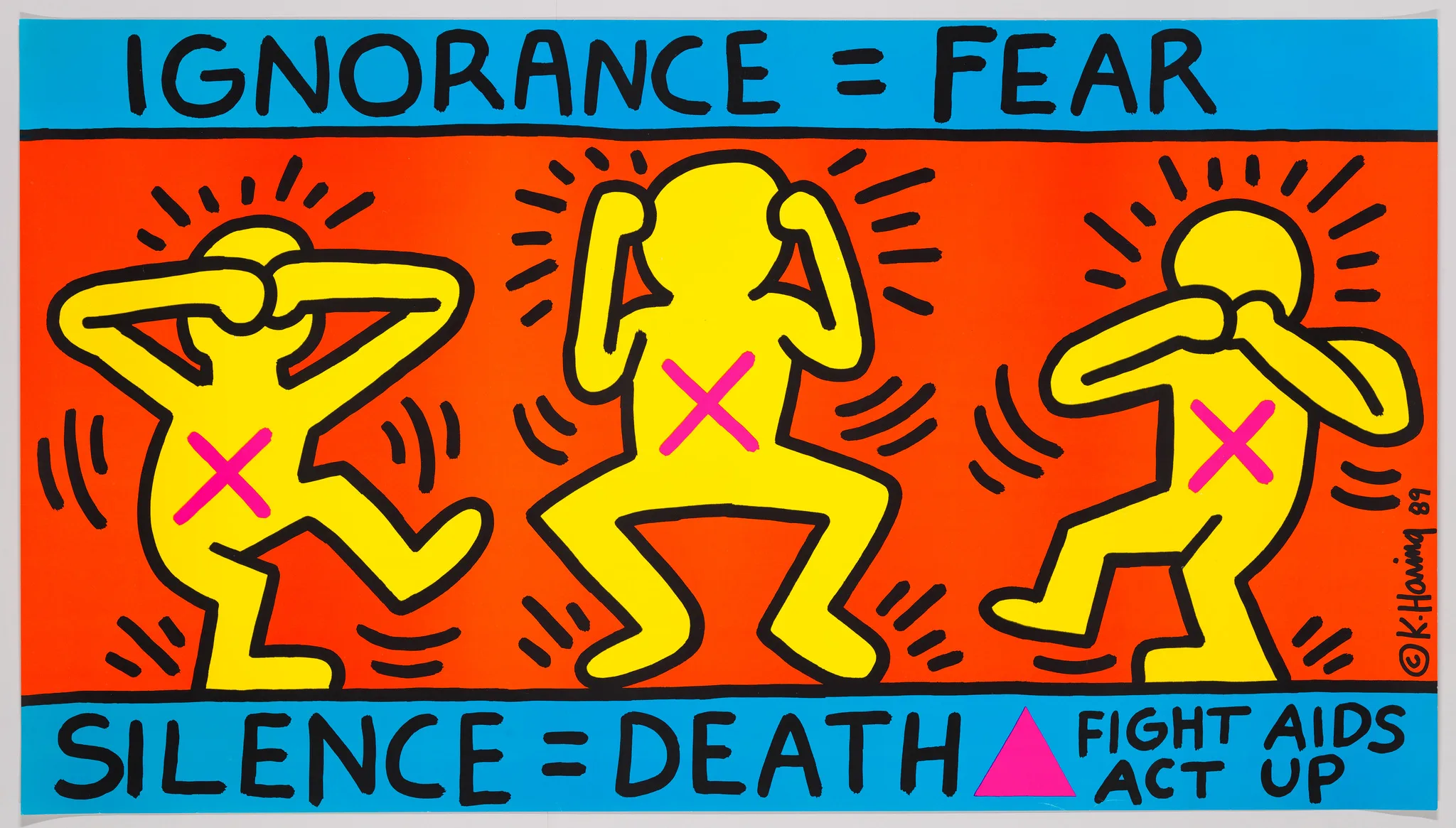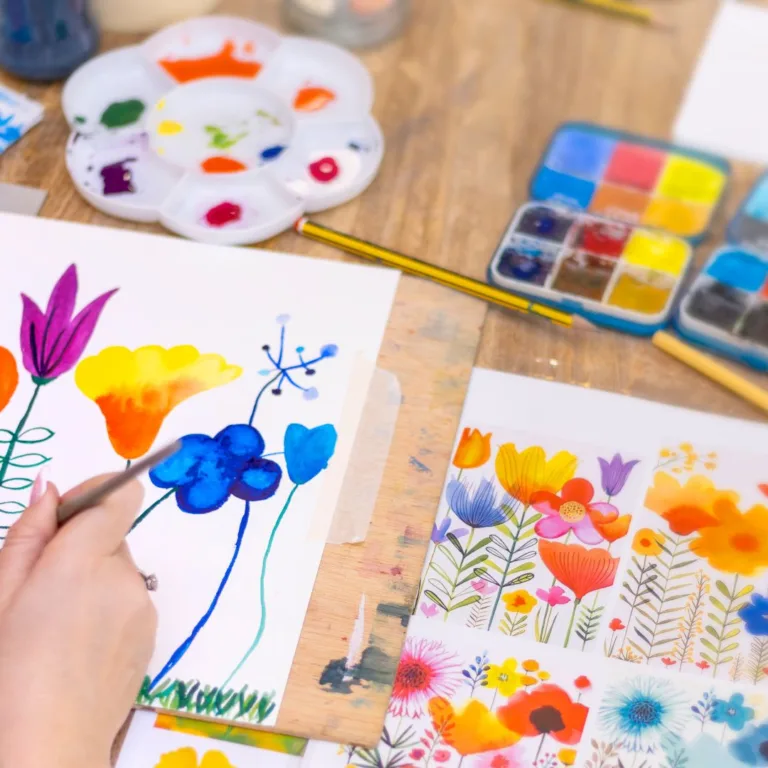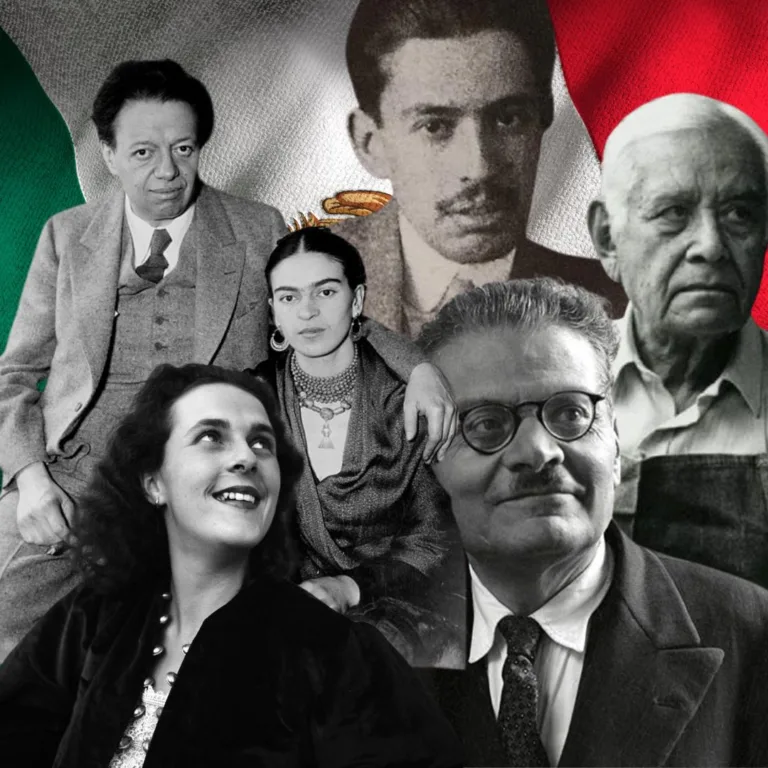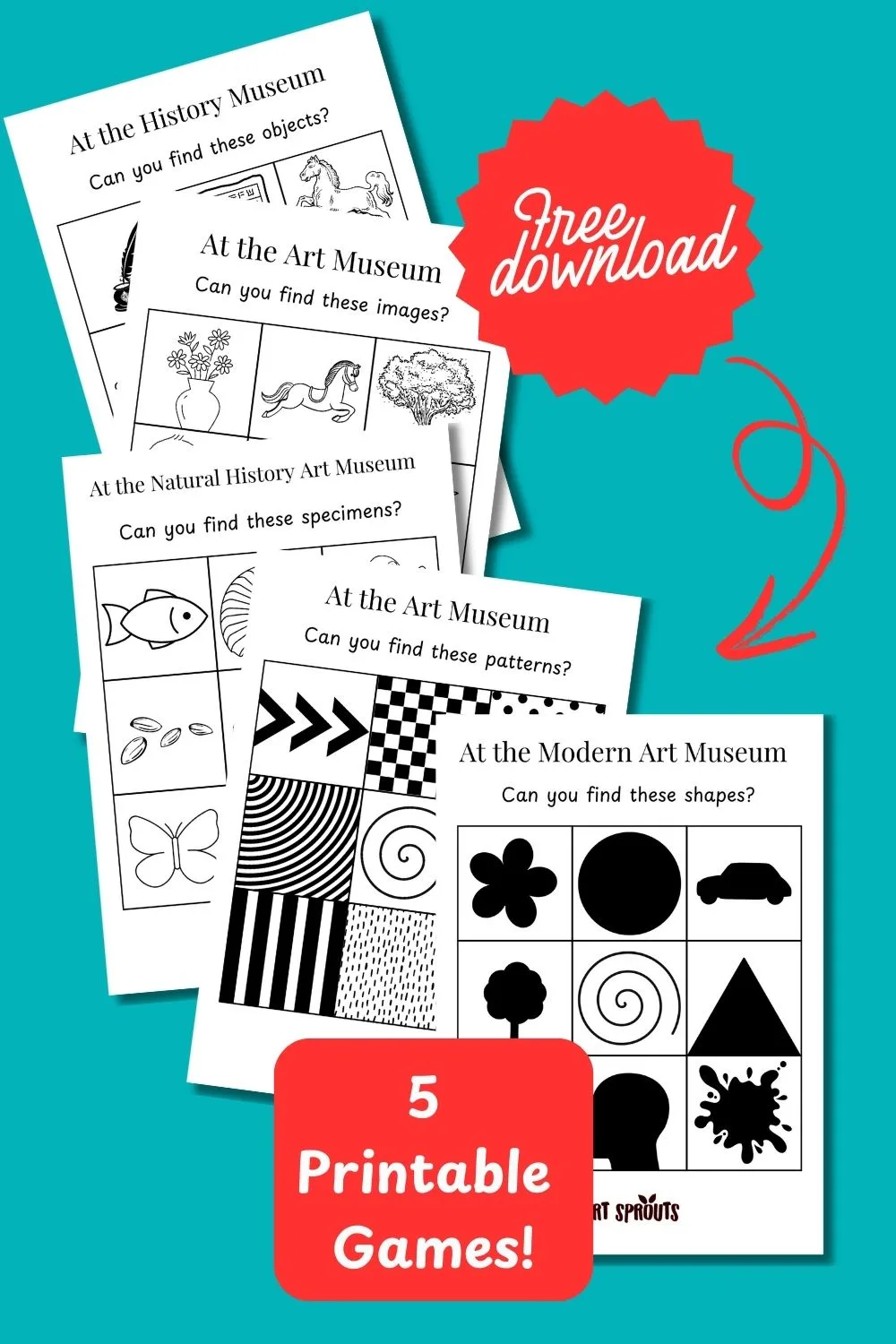10 Powerful Examples of Art That Sparked Social Change
Bringing famous art about social change into the classroom does more than introduce students to famous paintings—it provides a unique opportunity to enhance critical thinking, empathy, and awareness of global issues. These artworks allow students to engage with history, politics, and social justice in a way that fosters deep discussions and connections to other subjects.
By studying pieces like Picasso’s Guernica or Ai Weiwei’s Straight, teachers can inspire students to think critically about the world around them and explore how creativity has been used as a tool for activism and societal change. Through these lessons, students not only learn about art but also about the role it plays in shaping movements and challenging injustices across the globe.
Read also:

Hi there — before we continue:
I’d love to build a small community on Instagram and try out some short-form content over there. It would mean a lot if you could hop on IG and follow me @art_sprouts_art.
Also, what kind of content would you like to see from me next?
Drop a comment below or send me a DM on Instagram to let me know!
Pablo Picasso – Guernica (1937)
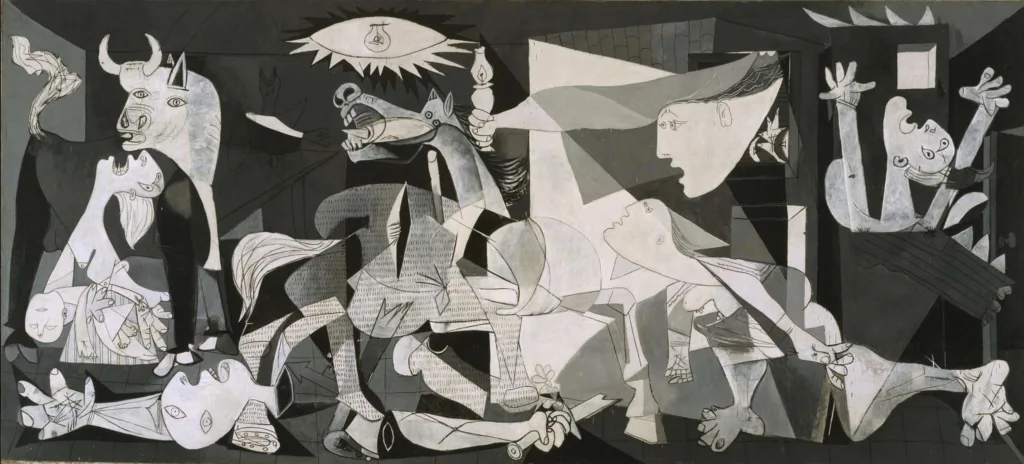
Few works of art capture the horrors of war as powerfully as Picasso’s Guernica. Painted in response to the Nazi bombing of the town of Guernica during the Spanish Civil War, this mural uses a monochromatic palette and distorted figures to evoke chaos, fear, and anguish. At over 11 feet tall and 25 feet wide, Guernica visually overwhelms viewers with its depiction of human and animal figures twisted in pain.
The painting became more than just a representation of the atrocities of war—it sparked international condemnation and became a symbol of the global anti-war movement. First displayed at the 1937 Paris World’s Fair, Guernica not only called attention to the horrors of fascism but also became a universal symbol of peace, referenced in countless demonstrations and peace initiatives ever since.
Classroom Discussion Prompts:
- Why do you think Picasso used only black, white, and grey in Guernica? How does this color choice affect our interpretation of the painting?
- How do the expressions and positions of the figures convey the message of suffering and fear? Why are civilians and animals the focus?
- How does Guernica remain relevant today, and what can it teach us about the human cost of war?
Josiah Wedgwood – Am I Not a Man and a Brother? (1787)

Sometimes, art doesn’t need to be monumental to spark monumental change. Josiah Wedgwood’s medallion, designed in 1787 for the British abolitionist movement, was as small as it was impactful. The design features a kneeling enslaved African man in chains, paired with the question, “Am I not a man and a brother?” The simplicity and humanity of this piece helped galvanize the British public against slavery.
Widely distributed as jewelry and household items, this medallion was worn as a badge of moral alignment, encouraging people to confront the horrors of slavery. Its impact contributed to the abolitionist cause, culminating in the passing of the Abolition of the Slave Trade Act in 1807. Today, it serves as a reminder of how art can influence public opinion and policy by appealing to shared humanity.
Classroom Discussion Prompts:
- How did the combination of text and image in the medallion communicate a powerful message? How might it have influenced the public in the 18th century?
- What effect did mass-producing and distributing this image have on its impact? How can symbols be used similarly today?
- How can contemporary social movements use visual symbols to spread messages?
Ai Weiwei – Straight (2008–2012)

Ai Weiwei’s Straight is a haunting reminder of the 2008 Sichuan earthquake and the corruption that contributed to the deaths of over 5,000 children due to poorly constructed schools. The installation consists of 150 tons of rebar, collected from the ruins of these buildings, meticulously straightened by hand to symbolize both the loss of life and the effort to seek justice.
Straight calls out the Chinese government’s failure to hold those responsible accountable, and Ai’s activism surrounding the piece became an international symbol of resistance against oppression. His use of the actual materials from the disaster site not only enhances the emotional power of the work but also raises broader questions about government accountability and transparency.
Classroom Discussion Prompts:
- Why do you think Ai Weiwei chose to straighten the rebar instead of leaving it bent? How does this act reflect resilience and protest?
- What does Straight suggest about the role of the artist as an activist?
- How does the use of real materials from the earthquake site add to the emotional impact of the artwork?
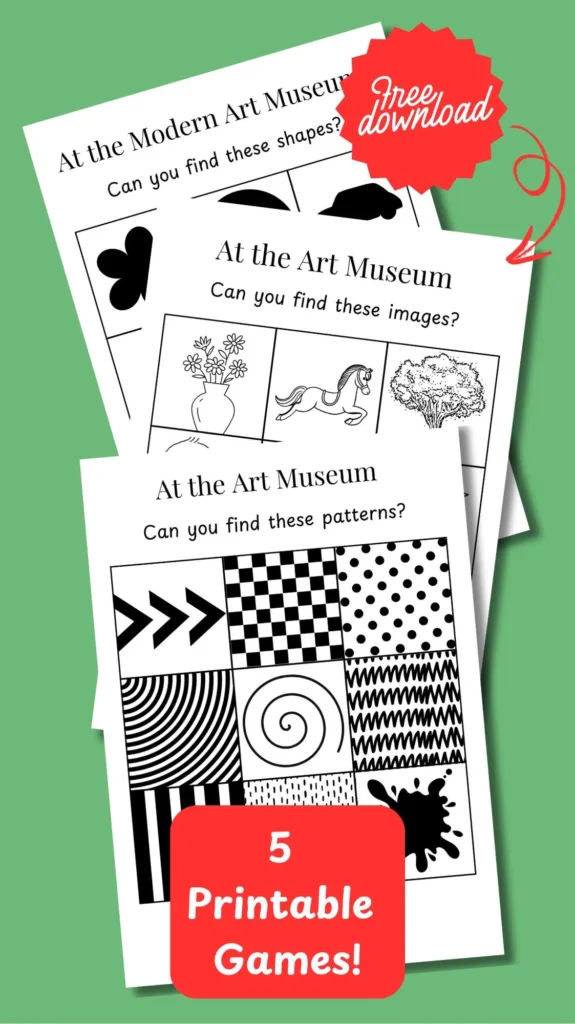
Download this FREE PRINTABLE SCAVANGER HUNT GAMES to explore exhibits, spot hidden treasures, and turn every museum visit into a playful adventure!
Eugène Delacroix – Liberty Leading the People (1830)
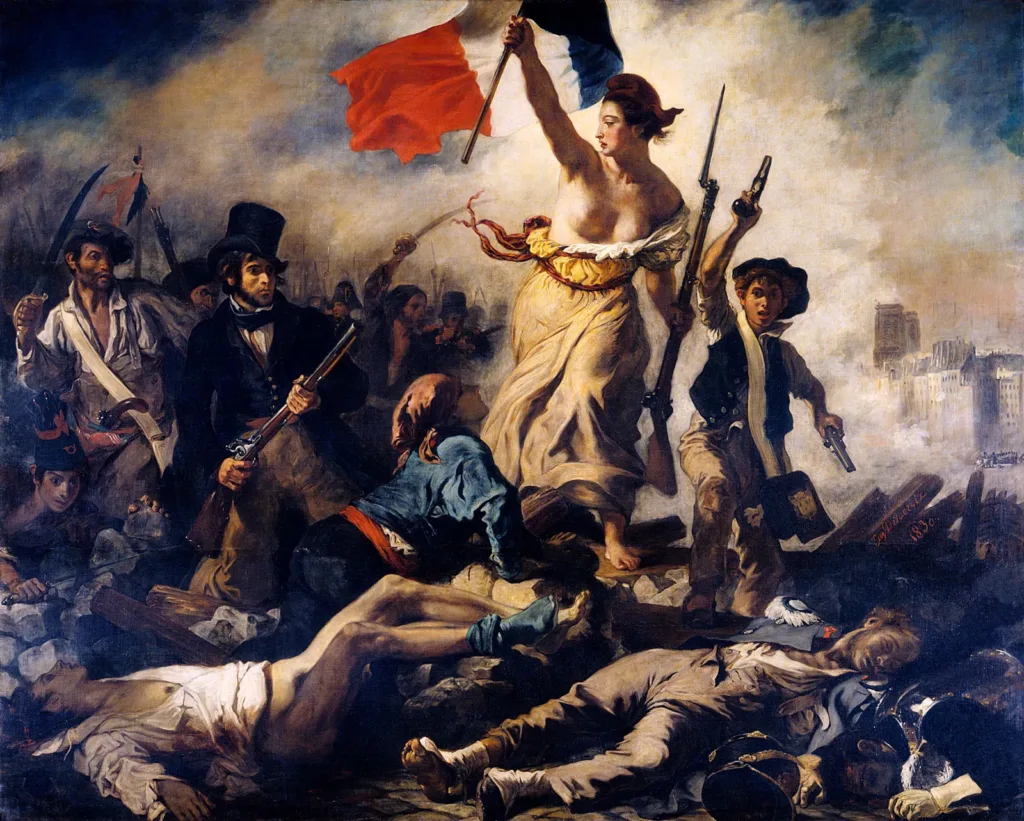
Eugène Delacroix’s Liberty Leading the People captures the spirit of revolution with its triumphant portrayal of the July Revolution in France. The painting shows Liberty, personified as a woman, leading a diverse group of revolutionaries forward with the French flag in one hand and a rifle in the other.
More than just a patriotic image, Liberty Leading the People became a symbol of freedom and democracy across Europe. Its influence has spread far beyond its original context, inspiring future democratic movements and becoming a lasting representation of the people’s power to rise against tyranny.
Classroom Discussion Prompts:
- How does the figure of Liberty represent the ideals of revolution and freedom? What does it mean that she leads people from different social classes?
- In what ways has this image been used in modern revolutionary movements?
- Why do you think Liberty Leading the People continues to resonate today?
Francisco Goya – The Third of May 1808 (1814)

Francisco Goya’s The Third of May 1808 is a stark portrayal of the horrors of war, depicting the execution of Spanish civilians by French soldiers after a rebellion in Madrid. The central figure, with arms outstretched, echoes Christ-like imagery, while the faceless soldiers emphasize the cold, mechanical nature of violence.
Goya’s depiction of war as an atrocity inflicted on ordinary people was revolutionary at the time. It shifted how the public viewed war, moving away from romanticized notions of heroism and instead focusing on the brutal reality faced by civilians. This painting influenced future anti-war sentiment and continues to serve as a powerful reminder of the costs of conflict.
Classroom Discussion Prompts:
- How does Goya’s depiction of war differ from traditional heroic portrayals? What emotions do you feel when looking at the civilians versus the soldiers?
- How might this painting have influenced public opinion about war at the time?
- Can you think of modern conflicts where art has played a similar role in raising awareness about civilian casualties?
Read also:
The Guerrilla Girls – Do Women Have to Be Naked to Get Into the Met. Museum? (1989)
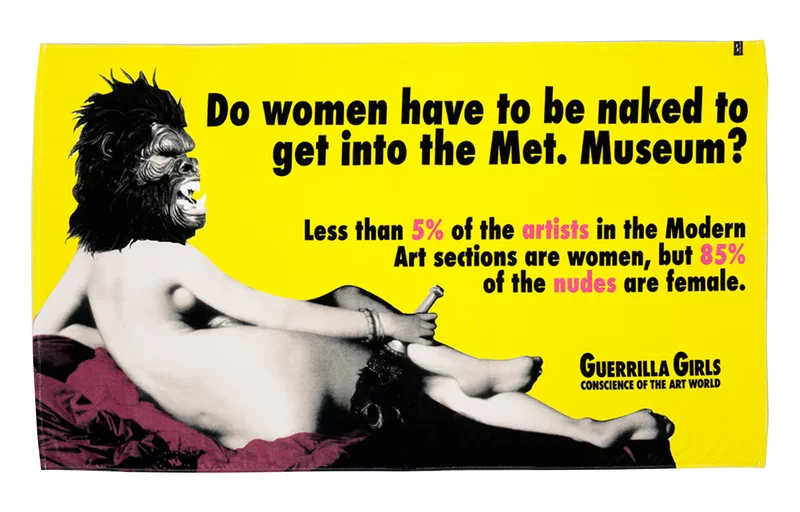
The Guerrilla Girls, an anonymous collective of feminist artists, used humor and sharp critique to challenge sexism in the art world. Their poster, Do Women Have to Be Naked to Get Into the Met. Museum?, highlighted the stark gender inequality in museum acquisitions, pointing out that while women were often the subject of art, they were rarely its creators.
This piece of art sparked widespread conversation about the lack of diversity in art institutions and led to increased scrutiny of museum curation practices. The Guerrilla Girls’ campaign continues to influence how museums and galleries approach the inclusion of female and minority artists today, making it a lasting symbol of the fight for gender equality in the arts.
Classroom Discussion Prompts:
- How does the Guerrilla Girls’ use of humor enhance the impact of their message?
- Why do you think the collective chose to remain anonymous?
- How have their efforts influenced modern museum policies, and can you think of similar contemporary movements?

Are You Enjoying this kind of content?
Sign up to receive thoughtful articles, teaching tools, and creative prompts straight to your inbox.
Banksy – Love is in the Air (2003)
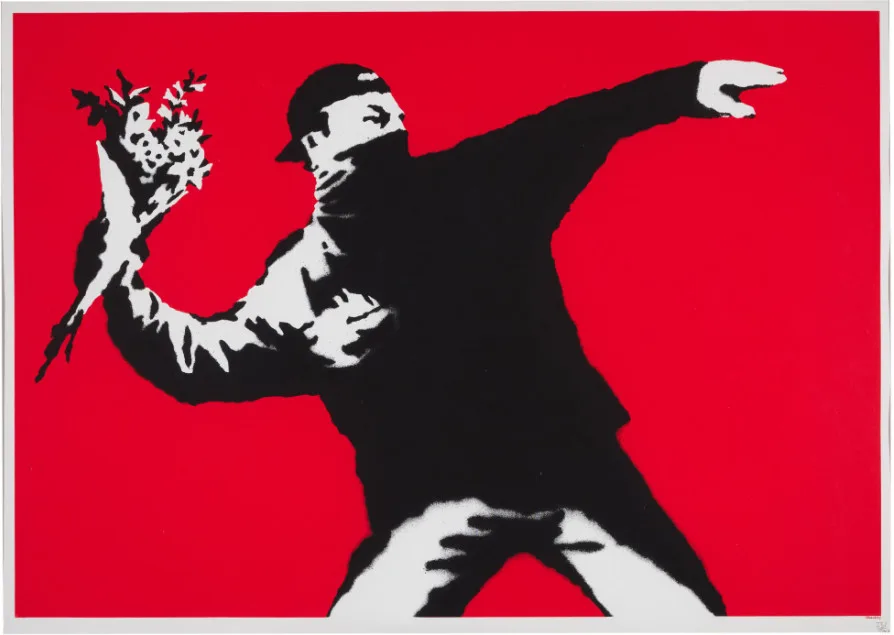
Banksy’s Love is in the Air, also known as Flower Thrower, is a powerful statement about protest and resistance. The image depicts a masked protester mid-throw, not of a weapon, but a bouquet of flowers. By juxtaposing violence and peace, Banksy suggests that love and nonviolence are more powerful forces for change.
Though Banksy’s identity remains a mystery, his artwork has become a symbol of peaceful protest, particularly in conflict zones like Palestine. While Love is in the Air hasn’t directly influenced policy, it has shaped public conversations around the role of peaceful resistance in social movements.
Classroom Discussion Prompts:
- What message do you think Banksy is sending by replacing a weapon with flowers? How does this image challenge our perceptions of protest?
- Why do you think street art is an effective medium for political messages?
- How can art inspire peaceful forms of resistance in modern movements?
Keith Haring – Ignorance = Fear / Silence = Death (1989)
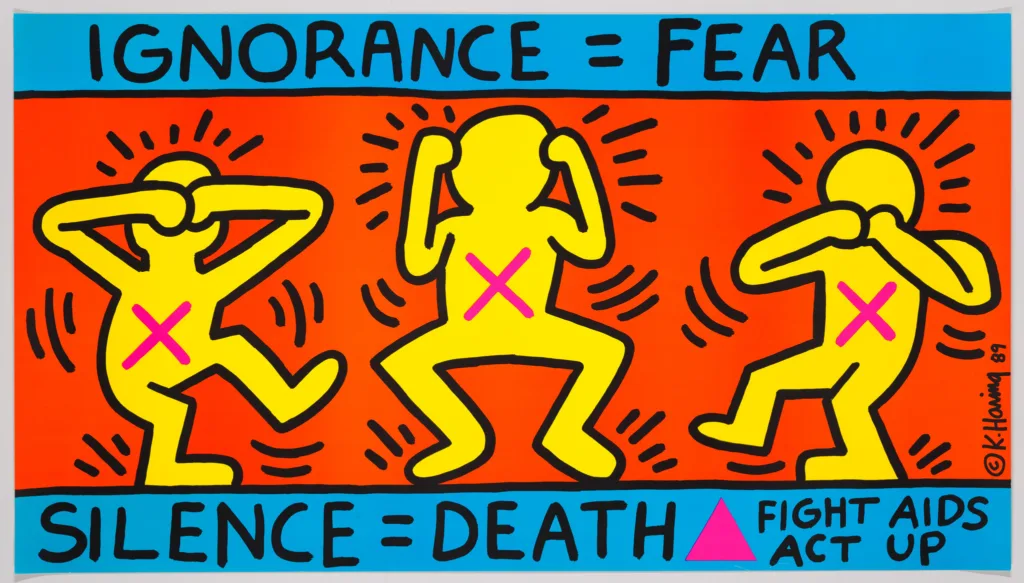
Keith Haring’s Ignorance = Fear / Silence = Death is one of the most iconic images from the AIDS activism movement of the 1980s. Haring, a celebrated artist and activist, used his bold, graphic style to challenge the government’s inadequate response to the HIV/AIDS crisis and to promote safe sex education. The image of faceless, terrified figures with their mouths and eyes covered by bold “X” marks directly represents the fear and silence surrounding the epidemic. Haring’s work became a rallying cry for the LGBTQ+ community and helped bring much-needed visibility to the fight against the virus.
Through his artwork, Haring broke through the silence that surrounded the AIDS epidemic at a time when many were still afraid to speak out. His work was an act of defiance, pushing people to acknowledge the crisis and demand better health policies. It also played a critical role in raising awareness about safe sex practices and reducing the stigma associated with the disease.
Classroom Discussion Prompts:
- Why do you think Haring used such a simple, graphic style to communicate such a serious message? How does the use of symbols (like the “X” marks) affect the viewer?
- How can art help bring attention to public health crises? Are there current issues where art could play a similar role?
- Why was silence such a dangerous response to the AIDS crisis, and how can we apply this lesson to other social or health issues today?
Vik Muniz – Pictures of Garbage (2008)

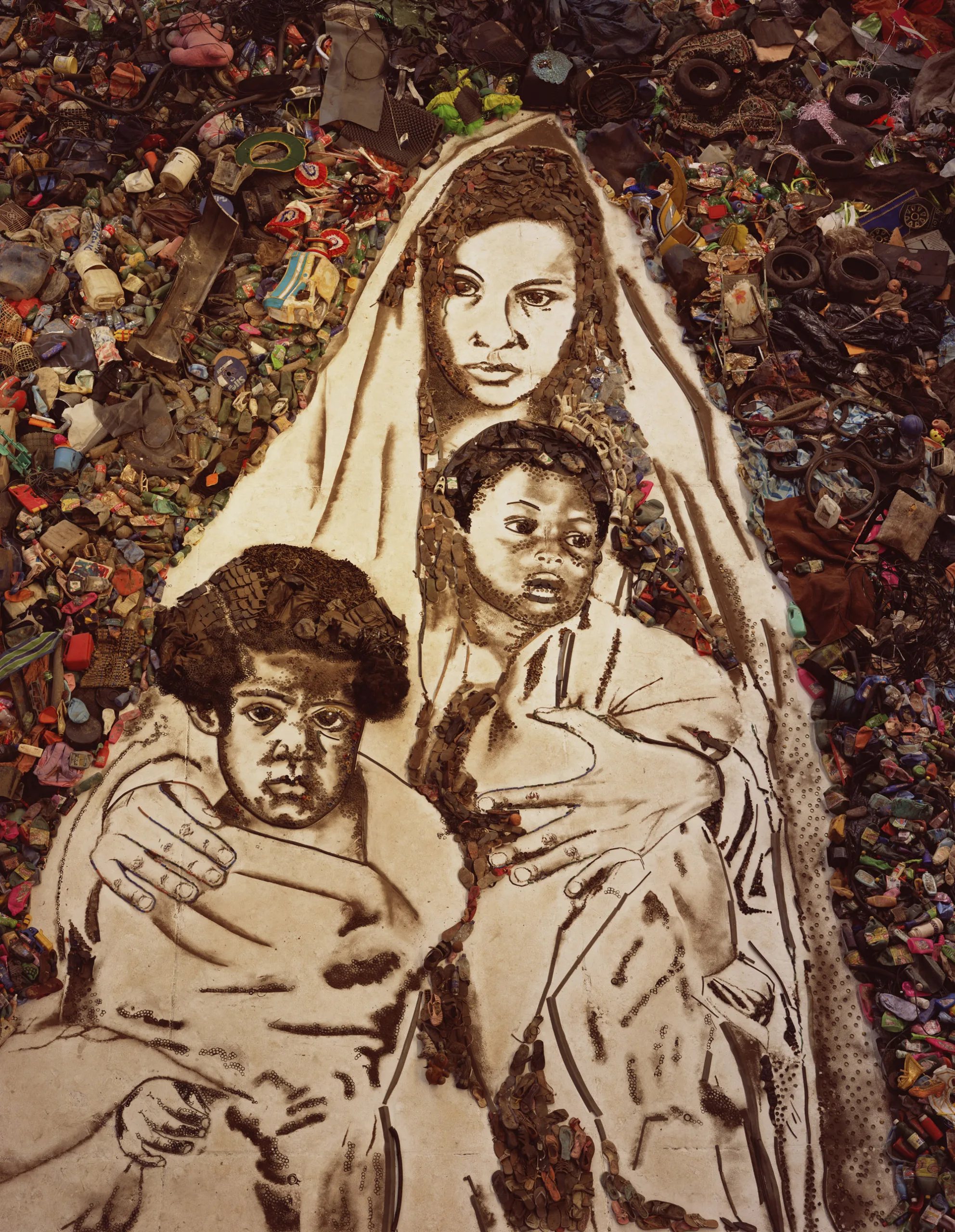

Vik Muniz’s Pictures of Garbage is a striking example of how art can shine a light on issues of social and environmental justice. Muniz, a Brazilian artist known for using unconventional materials, collaborated with a group of garbage pickers in Rio de Janeiro’s Jardim Gramacho landfill—the largest landfill in the world. Together, they created large-scale portraits of the pickers using the very materials they worked with daily: trash.
By transforming garbage into intricate, highly detailed portraits, Muniz invites viewers to question their perceptions of waste and the people who work with it. This project didn’t just raise awareness; it provided financial assistance and helped fund educational programs for the garbage pickers involved. Pictures of Garbage highlights the value of sustainability, human dignity, and creativity, even in the harshest of conditions.
The project also led to increased discussions around environmental policies and recycling programs in Brazil. Muniz’s work demonstrates that art can elevate voices that are often marginalized, giving visibility to important social and ecological issues.
Classroom Discussion Prompts:
- How does Muniz’s use of garbage as a medium change the way we perceive his portraits? What message do you think he is trying to send?
- Why is it significant that Muniz worked with the garbage pickers to create these pieces? How does this collaboration affect the meaning of the art?
- What environmental or social issues in your community could be addressed through creative expression? How would you approach this in your own artwork?
Yoko Ono – Wish Tree (1996–present)

Yoko Ono’s Wish Tree is a participatory art installation that invites viewers to write their wishes for peace, love, or change on small pieces of paper and hang them on a tree. This simple yet powerful artwork allows participants to be part of an ongoing conversation about hope and collective action. The wishes written and attached to the trees across the worldbecome symbols of unity, highlighting our shared desire for a better future.
Installed globally, often in locations linked to activism or social movements, Wish Tree encourages reflection on personal dreams and collective responsibility. While the installation itself doesn’t push for direct policy change, it has become a symbolic focal point in peace movements, including campaigns for nuclear disarmament and global harmony. The simplicity of the project speaks to the power of human connection and collaboration.
Classroom Discussion Prompts:
- How does participating in an artwork like Wish Tree differ from simply viewing traditional art? How does it make you feel to contribute your own wish?
- Why do you think Ono chose a tree as the central symbol for this project? What does the tree represent across different cultures?
- What wish would you write, and how could you turn that wish into real-world action in your community?
Using art that inspired social change in the classroom is an effective way to promote deeper understanding of historical events, social justice, and activism. From the iconic Guernica to Yoko Ono’s Wish Tree, these artworks challenge students to reflect on both past and present struggles for peace, equality, and freedom. Teachers can tie these discussions into a variety of subjects, from history and politics to environmental studies, helping students build critical thinking skills and develop empathy.
As they explore how art has driven social change, students become more aware of their own capacity to engage with the world around them, sparking conversations that could lead to meaningful action. Art has always been a force for change, and introducing these powerful pieces into the classroom empowers students to see themselves as part of that change.

